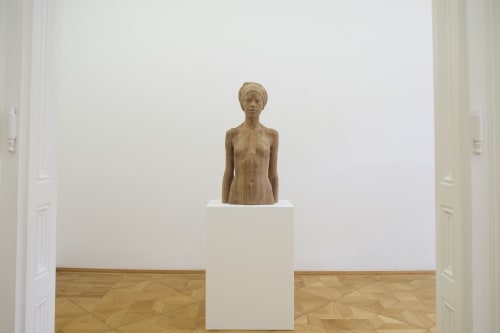
Share
- X
- Tumblr

bechter kastowsky gallery
· Poststrasse 48. 9494 Schaan
· Gluckgasse 3. Mezzanine. 1010 Vienna
* denotes required fields
We will process the personal data you have supplied to communicate with you in accordance with our Privacy Policy. You can unsubscribe or change your preferences at any time by clicking the link in our emails.